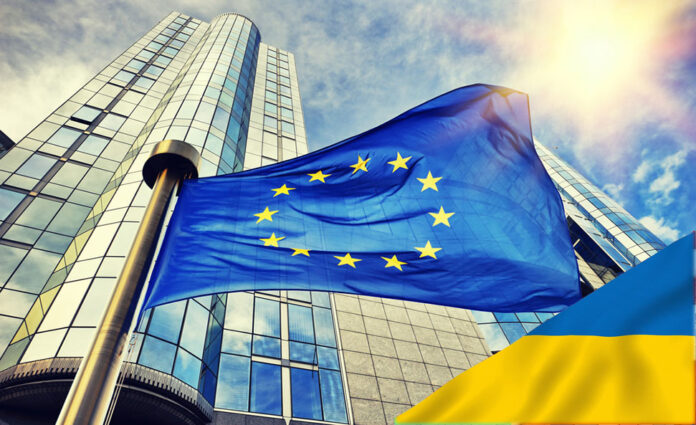BRUSSELS –The European Union (EU) has decided to retain 5 billion euros from the revenue generated by the frozen assets of the Russian Federation. This decision is aimed at covering potential legal costs, rather than transferring these funds to Ukraine. This information was reported by the European portal “Politic”, which referenced an internal document.
Euroclear, a Belgian financial services company that manages the majority of Russia’s frozen assets, has been granted permission to retain a portion of the proceeds from the investment of these funds in 2022 and 2023. A source from Euroclear informed Politico that the income from the frozen assets of Russia for 2022 and 2023 is being kept separate from ‘ordinary’ income. These proceeds will not be distributed among shareholders and will be retained until further instructions are received.
The European Commission document, excerpts of which were provided by the portal, indicates that the retained amount is intended to cover the expenses, risks, and losses incurred by the custodian in relation to the conflict in Ukraine. The document also mentions that Euroclear could indefinitely retain 3 percent of the profits to ensure the effectiveness of its operations.
Regarding future income, Euroclear could use 10 percent of the received amount as an additional guarantee. If the potential risks do not materialize, Euroclear will transfer 10 percent to the EU but retain 5 billion for itself, as noted by an anonymous European source. In February, several Russian companies filed 94 legal actions against Euroclear, demanding the return of the blocked funds, according to reports by Politico.
The EU’s decision to withhold a portion of the revenue has been strongly criticized by the government in Kiev. Ukrainian Justice Minister Denis Malyuska expressed his surprise to Politico, stating, “I have never heard that €5 billion constitutes a ‘buffer’ for Euroclear. This is too large a sum to serve as a safety net for any possible risk.”






